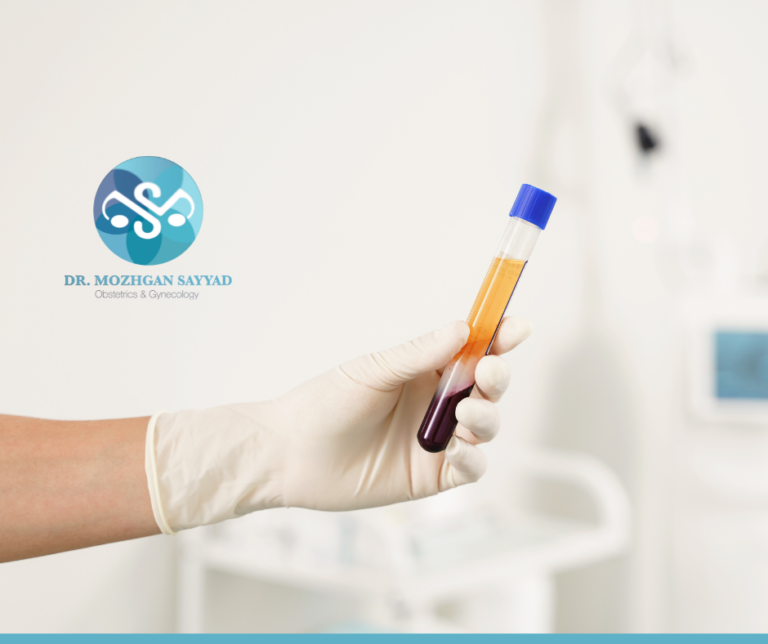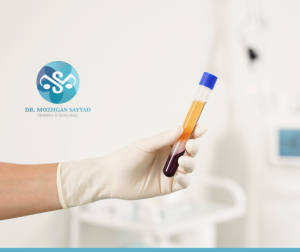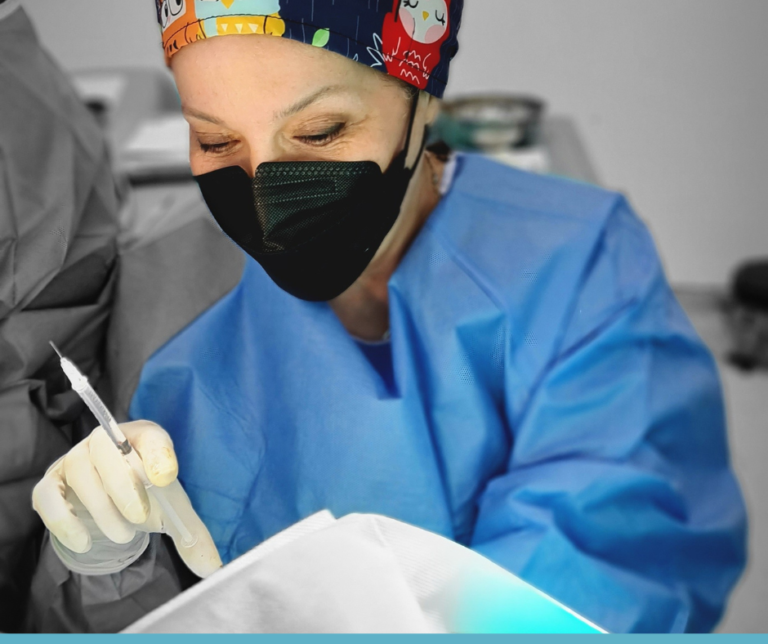Table of Contents
Undoubtedly, we’ve come a long way in medical advancements. From finding cures to understanding complex diseases, we’ve elevated studies from the past. And one such marvelous discovery is PRP. Initially discovered in 1972, PRP treatment has undergone countless examinations and reviews to cater to patients today. Now, PRP treatment has become a common cure for many medical fields.
What is PRP?
PRP, or Platelet-Rich Plasma, is a medical procedure that utilizes the patient’s blood to heal a specific area quickly. It contains two fundamental elements, I.e., plasma [the liquid part of the blood], and platelets [the cell fragments responsible for healing]. Platelets are integral to our system as they’re essential for healing and preventing blood clots. Therefore, PRP treatment uses blood that has more platelets than usual.
How is Platelet-Rich Plasma Created?
That’s a great question! In simple words, the clinicians first take blood samples from the patient. Then, using a centrifuge [medical equipment that rapidly spins the sample], they separate the various elements of blood from the platelets and concentrate them with plasma.
PRP in Gynecology
Now that you have a brief understanding of PRP and how it’s created, we’ll dive into its uses, specifically in gynecology.
1. G-Shot
Named in honor of a German gynecologist Ernst von Granfenberg who described it initially in 1940, G-spot or Granfenberg-spot is an erotic area around 2-6 cm from the vaginal opening closer to the urethra. It’s an accumulation of nerves that stimulates increased sensitivity in female orgasms. Women with sexual dysfunction or not, they can enhance their sexual pleasure through a G-shot procedure.
- G-Shot Procedure
– The treatment begins with a surgeon locating the G-spot through a pelvic examination.
– Then, using a speculum, they inject the filler with anesthesia.
– A small dose of local anesthesia is injected into the G-spot.
– Finally, small amount of Concenterated PRP will be injected in the G-spot.
Overall, the procedure takes a maximum of 20 minutes. Unlike other procedures, a G-shot treatment doesn’t require an overnight stay or rest. The patient can resume back to their daily life immediately. For sexual activities, the couple must wait four hours after the treatment. Follow-up sessions are vital after four months. Since the results are temporary, G-shot can be repeated after three to five months if required.
- Who Requires the G-Shot Procedure?
G-shot can be administered to ladies if required. However, doctors may recommend the treatment if:
– The patient has a congenital curved vagina where access to G-spot is difficult in certain positions or not located at all.
– The patient has a wide vagina where access to G-spot is inaccessible.
– The patient suffers from involuntary urination with heightened mobility of the urethra.
– The patient suffers from sexual dysfunctions.
- Expected Results
After a successful G-shot treatment, patients experience:
– Increased arousal
– Increased sexual drive
– Tighter vaginal opening
– Reduced pain
– Reduced urinary incontinence [a condition where urine leaks due to weakened muscles in and around the bladder] can be terated by PRP
2. O-Shot
Designed by Dr. Charles Runels, O-shot aims to enhance women’s sexual pleasure. O-shot, also known as an orgasm shot. This non-surgical treatment utilizes PRP to enhance vaginal and clitoral rejuvenation.
- O-shot (Clitoral shot)Procedure
– The procedure starts with the gynecologist using a numbing cream to relieve pain.
– Then, blood is drawn and placed in a centrifuge to separate the plasma.
– The doctor injects local anesthesia into the clit, labia
– Finally, the platelets are injected into the clit, labia, enhance sexual pleasure.
The entire procedure is estimated to take a maximum of 45 minutes, with the majority of the time waiting for the PRP to centrifuge. Like a G-shot, the recovery period is quick, but the patient may experience a small dose of local sensitivity for one or two days. Typically, favorable results are seen within the treatment’s first three to seven days.
- Who Requires the O-shot Procedure?
clitoral-shot and sub-urethral PRP injection can be administered to patients with:
– Sexual dysfunction
– Chronic vaginal pain due to childbirth or mesh
– Weakened or persistent pain in pelvic floor muscles
- Expected Results
After a successful O-shot, patients experience:
– Increased sexual drive
– Enhanced arousal
– Easier lubrication
– Enhanced orgasm
– Reduce urinary incontinence
3. Lichen Sclerosus
Lichen sclerosus [LS] is a chronic skin condition that causes white patches or scarring on the skin surrounding the vulva. Although men and women can get affected by LS, it’s commonly diagnosed in girls before puberty or women after menopause. Although a proper cure hasn’t been found for LS, PRP has successfully reduced the symptoms.
- Symptoms of Lichen Sclerosus
Symptoms of LS include:
– Smooth white patches
– Wrinkled skin patches
– Itching
– Soreness or burning sensation
– Fragile skin
– Prone to bruising
– Bleeding or open sores
- Causes of Lichen Sclerosus
The root cause of LS is still unknown. It’s presumed to be a combination of factors, including an overactive immune system, genetic conditions, and past skin damage. However, lichen sclerosus isn’t contagious and doesn’t spread through sexual contact.
- Risk Factors
Anyone is prone to the disease, but the risk increases for:
– Postmenopausal ladies
– Children below ten years
– Women with autoimmune disorders
– Women with a family history of lichen sclerosus
- Diagnosis
The doctor can diagnose the disease visually. However, they may request a biopsy to rule out cancer. A biopsy may also be needed if the skin doesn’t respond to steroid creams.
- Treatment through PRP
The procedure to treat LS through PRP is as follows:
– The doctor begins by extracting small amounts of blood.
– The sample is then placed in a centrifuge to separate platelets from other blood components.
– Finally, the concentrated platelets are injected into the LS lesions.
As it’s a chronic disease, the symptoms don’t go away. However, PRP injections can accelerate the healing process and reduce inflammation in the affected area, thus providing significant relief.
4. Treatment of Vulvar Skin Sagginess
Collagen and elastin are essential proteins that support and preserve the skin’s firmness and elasticity. With time, the proportion of collagen reduces. According to several studies, the ability to renew collagen decreases by 1.0-1.5% per year as we age. Nowadays, PRP is used to improve the appearance and firmness of the skin, specifically the vulva, by stimulating the development of collagen and elastin.
Although PRP therapy for vulvar skin sagginess is relatively new, it has shown favorable results.
- Treatment through PRP
The procedure to treat vulvar skin sagginess through PRP is as follows:
– The doctor begins by extracting small amounts of blood
– The sample is then placed in a centrifuge to separate platelets from other components of blood.
– Finally, the concentrated solution is injected into the vulva using a fine needle.
Common Questions
Q1. Is PRP therapy safe?
Generally, PRP is considered safe since it utilizes the patient’s blood, and there’s no chance of allergic reactions. However, like any treatment, there’ll always be potential risks and side effects.
Q2. How long does it take to see the results from PRP therapy?
The duration depends upon each patient and their condition. In some cases, patients may see results within a few weeks, while others require multiple treatments.
Q3. What precautions should I take after PRP therapy?
Usually, your doctor will recommend the necessary restrictions or precautions that must be implemented after the PRP therapy.
Q4. Is PRP therapy painful?
PRP therapy uses a fine needle to inject concentrated blood into the affected area; this may cause some discomfort or mild pain. But besides that, PRP is relatively painless.
Get Help with Dr. Mozhgan
As you can see, PRP treatment has tremendous uses in gynecology. If you’re searching for the best gynecologist for your PRP treatment, contact Dr. Mozhgan Sayyad. With over 25 years of invaluable experience, she is your best solution.
Book an Appointment





